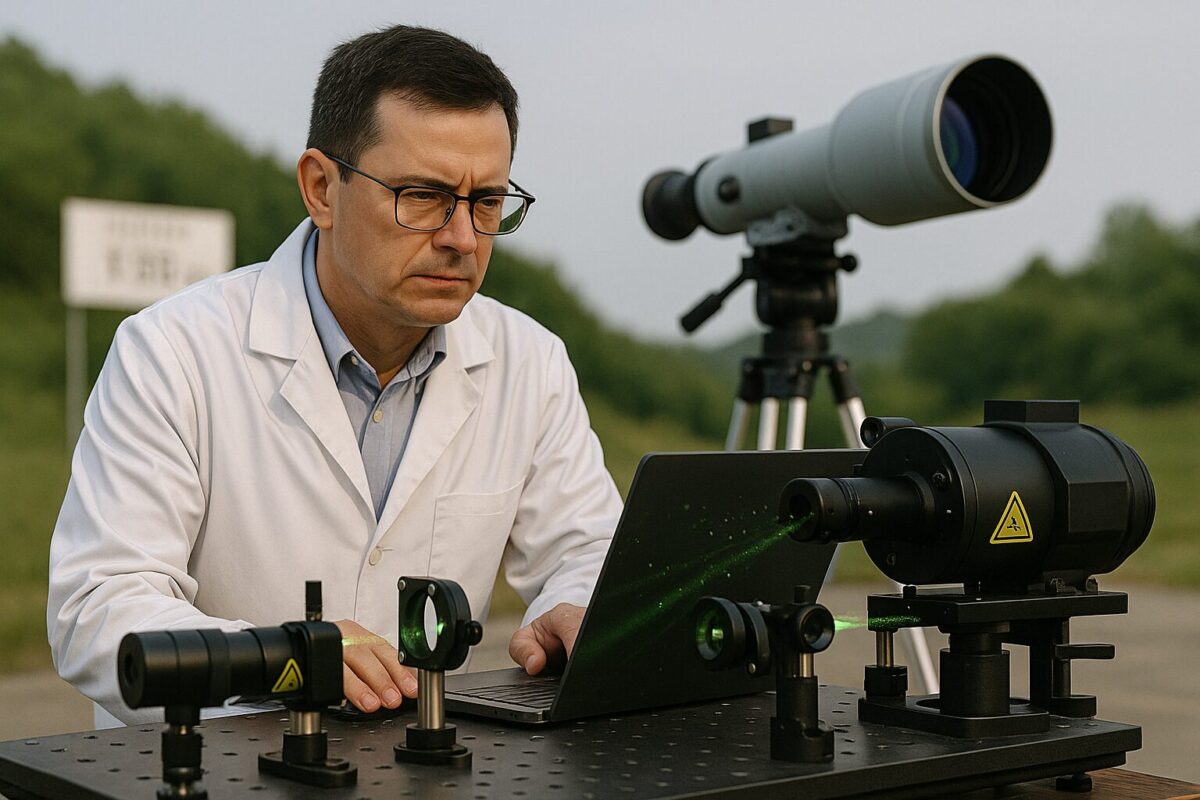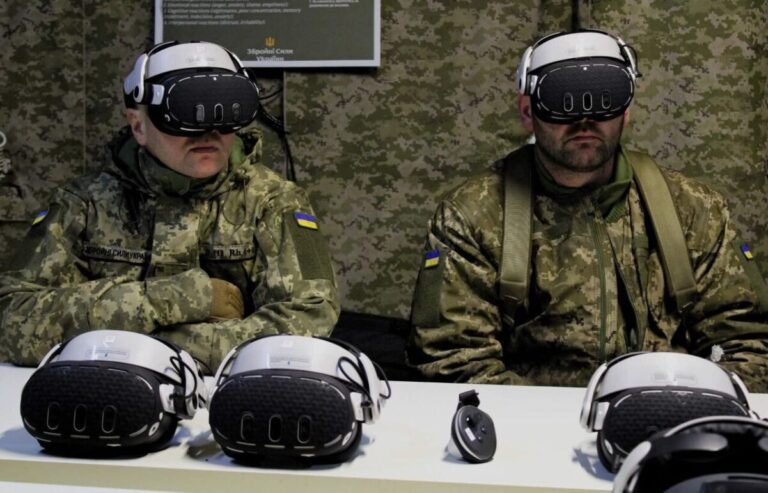
Intensity Interferometry: A New Era in Long-Distance Imaging
When an object as small as 3 millimeters can be read from more than a kilometer away — that’s no longer science fiction. It’s a working system. And it raises new questions: about security, privacy, space, and the future of sensing technology.
A New Way to Think About Distance
In April 2025, a research team from the University of Science and Technology of China (USTC) unveiled a laser-based imaging system that can detect millimeter-sized objects at distances exceeding 1.3 kilometers. The technology is not just an upgrade of traditional optics — it’s a new class of interferometer using intensity-based interference.
This marks the first time that intensity interferometry — previously used only in astronomy to measure the size of stars — has been successfully adapted for terrestrial applications. And it changes not only the way we observe distant objects, but the very principles of high-resolution imaging.
How Intensity Interferometry Works
Deliberately incoherent laser light: the key innovation
The system projects several infrared laser beams toward the object. Each beam travels through a different path in the atmosphere, gaining unique phase distortions. These intentional fluctuations make the light incoherent, allowing the system to detect interference patterns typically hidden in coherent laser light.
Two telescopes and one algorithm
Two telescopes receive the reflected signals. Instead of relying on direct focus, the system analyzes fluctuations in light intensity — using statistical correlations to reconstruct an image.
The result: readable 3 mm text at 1.36 km — achieving 14x better resolution than the diffraction limit of conventional optics.
Real-World Applications: From Infrastructure to Orbit
Security and defense
- Perimeter monitoring over long distances.
- Identifying objects or threats without physical access.
- Infrastructure inspection in restricted or hazardous areas.
Scientific research and humanitarian efforts
- Observing remote natural formations or wildlife.
- Analyzing archaeological sites without excavation.
- Evaluating disaster zones or conflict areas from a distance.
Space technologies
According to the Lifeboat Foundation, this technology could be a game-changer in detecting orbital debris — a growing threat to satellite networks and manned missions.
Going Beyond Optics: Millimeter Waves and Metamaterials
Lensless imaging with stacked meta-MEMS
Chinese researchers developed a new type of chip — a stacked meta-MEMS — that can visualize millimeter waves without traditional lenses. It converts electromagnetic waves into mechanical energy that tilts micro-reflectors, producing clear images at a resolution of 1.5 mm.
Where this matters
- Autonomous vehicles operating in fog, smoke, or darkness.
- Search and rescue operations.
- Robotics and medical diagnostics.
- Military sensing in complex terrain.
6G and Radar-on-Chip: Precision and Speed for a New Era
Thin-film radar chips are being designed to merge photonics with millimeter waves — offering high-resolution, real-time signal processing. These are key for 6G communications, autonomous systems, and next-gen sensor arrays in both civilian and military domains.
Revelant
The Role of AI in Super-Resolution Imaging
Modern interferometric systems are incomplete without AI. Algorithms trained for super-resolution reconstruction now play a central role in processing scattered or partial signals:
- Analyzing multi-frequency datasets.
- Filling in gaps from atmospheric noise or motion blur.
- Producing clearer, sharper images even in degraded conditions.
The Challenges: What Still Needs Solving
- Atmospheric interference and weather variability.
- The need for direct line-of-sight.
- Power consumption and system scalability.
- Legal and ethical questions about surveillance and privacy.
If every object on the horizon can now be “read” in microscopic detail — who decides what is acceptable use?
Conclusion: Space Is No Longer a Barrier
What once seemed like a lab experiment is now nearing real-world deployment. Intensity interferometry, metamaterials, millimeter-wave sensors, and AI-driven reconstruction are reshaping how we interact with space.
This is not just about seeing farther.
It’s about redefining what can be seen at all.
And while technical and ethical hurdles remain, one thing is clear:
technology is no longer asking permission — it’s redrawing the limits.













